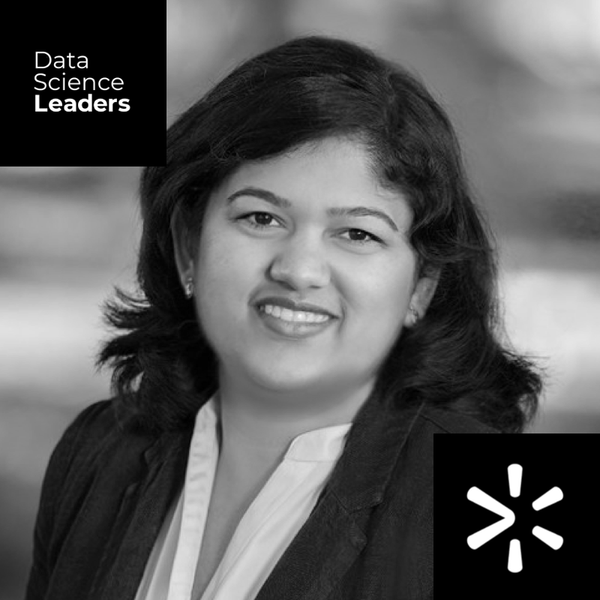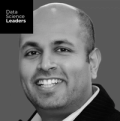episode 47
What It Takes to Productize Next-Gen AI on a Global Scale
Data Science Leaders | 41:14 | June 01, 2022

Listen how you want
Get new episodes in your inbox
What does it take to turn the latest advances in AI into products that deliver business impact at Walmart levels of global scale?
Srujana Kaddevarmuth is the Senior Director of Data & Machine Learning Programs at Walmart Global Tech. Her team drives data strategy and grapples with data science productization every day. With millions of employees, hundreds of millions of customers, and petabytes of data at any given moment, Walmart offers some unique lessons in the complexities of building teams, processes, and products to effectively leverage AI at scale.
In this episode, Srujana shares a few of those lessons, along with her perspective on nonlinear career paths, organizational collaboration and alignment, and her ongoing fascination with what’s next. Plus, she dives into her passion for fostering diversity in data science and tech, sharing strategies leaders can implement to help bring more women into the field.
We discuss:
- What to prioritize when experimenting with next-gen tech
- How to use “communities of practice” to align your organization
- Solving governance, reproducibility, and knowledge sharing challenges at scale
- Bringing more women into data science
In this season finale episode, host Dave Cole also shares his three biggest takeaways from his many in-depth conversations with leaders in data science.
Stay tuned for a whole new season of Data Science Leaders coming soon! We're just getting started.
Popular episodes

James Cham
Partner, Bloomberg Beta
EPISODE 71April 11, 2024
Unlocking the disruptive potential of generative AI: a VC perspective
Listen Now | 28:49
Volodimir Olexiouk
Director of Scientific Engagement and Data Science Team Lead, BioLizard
EPISODE 70March 28, 2024
Overcoming the data challenges of AI-driven drug discovery
Listen Now | 36:49
Rahul Todkar
Head of Data and AI, Tripadvisor